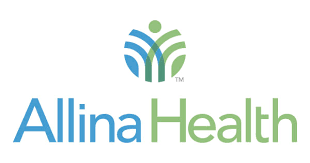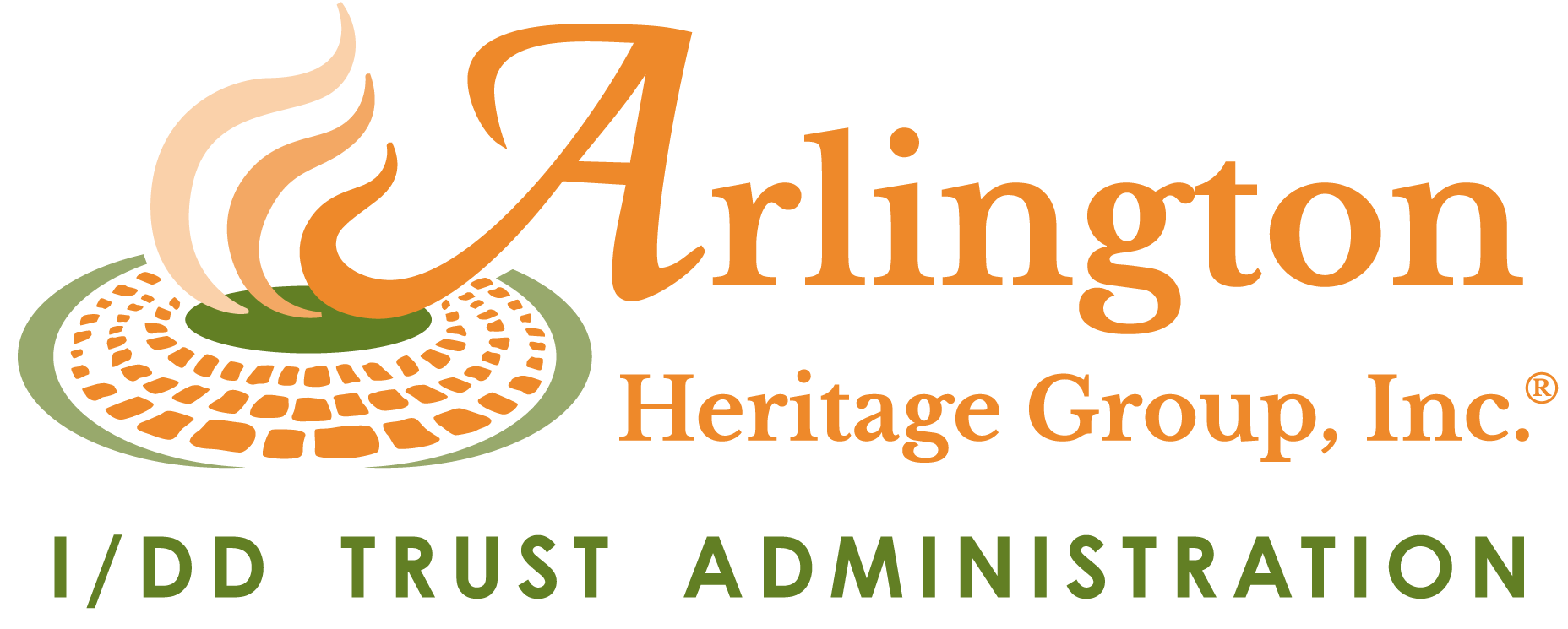Earlier this month, I shared four takeaways topics from the #IDDSummit this past June (List of Takeaways & Concerns for I/DD Providers & Executive Leadership).
Shifts in the I/DD market over the past few years have been head spinning, the biggest change that I see impacting providers and challenging executive teams is simply how the “business” is run. It was clear to me that providers must scale and innovate to keep the doors open, and to not run out of money.
The reimbursement system in the past was based on being paid for the services that were provided (fee-for-service) for each individual. The shift across health care to providing high quality, easily accessible services, for a low cost is starting to push on the I/DD market and supplant the fee-for-service model.
With the fundamental shift in reimbursement and financing models, provider services and strategies must shift to meet new demands; essentially requiring I/DD providers to evaluate their entire business. This evaluation includes how services are delivered, how payments are executed, how data is captured, and how consumers are included in the process, all while instilling an organizational culture that remains competitive.
 Tine Hansen-Turton, President and CEO of Woods Services, demonstrated how her organization has begun to shift their business and culture to manage these changes through a comprehensive population health management approach. Here Woods is addressing the full continuum of care across social and medical needs of this population.
Tine Hansen-Turton, President and CEO of Woods Services, demonstrated how her organization has begun to shift their business and culture to manage these changes through a comprehensive population health management approach. Here Woods is addressing the full continuum of care across social and medical needs of this population.
The approach allows Woods to prepare for value-based reimbursement where they are evaluated and paid based on outcomes and ability to return individuals to the community vs. being paid for each individual service the individual receives.
While some providers are beginning to develop innovative business models and approaches to compete in the I/DD market, I have also seen a lack of urgency for exploring shifts in core business models. The lack of urgency may be understandable as the I/DD population is more complex, has higher cost, and requires different metrics and outcomes to determine “success” and “value”. Further, because of the extraordinary degree of regulatory oversight makes providers conservative. Many providers do not have the capital or the operational ability to experiment on a large scale. Some states have already started to implement managed care models for this population, and they will face merger or innovation pressures.
Traditional fee-for-service ‘money maker’ services in the I/DD market are shrinking (such as targeted case management and traditional “residential” treatment) and thus, forcing organizations to change the core of their services. The two most common market positions that are being established for serving consumers with complex needs are 1) whole person care and 2) stabilization and crisis management.
1) Whole Person/Integrated Care Models
Individuals with I/DD and complex care needs require access to many systems that are both comprehensive and siloed. Provider organizations that can manage this population are transitioning to focus on a “whole person” approach to care that includes care coordination between these systems – health care, behavioral health care, pharmacy, long-term supports, and home community-based services – to keep them out of expensive acute care settings. The whole person/integrated model is conceptually rooted around the concept of care coordination but may be represented differently from state to state.
Through this model, the emergence of integrated care models between provider systems are emerging to provide the full-service continuum with increased transparency and cost savings. A couple models to note:
Woods
 Woods serves individuals with intellectual and developmental disabilities (I/DD) and complex medical challenges in Pennsylvania and surrounding areas. They opened an expanded medical center, featuring a patient-centered medical home (PCMH) program where they provide integrated high-quality primary and preventive care along with behavioral health care for patients. This integration increased access for individuals through expanded medical center hours, adding new primary care providers, accessible medical services such as radiology and lab services, and technology that will enable improved coordination and continuity of care. The Wood’s Medical Center, to date, has been not only a great success but has excited tremendous interest among providers and government funders as a positive way forward in meeting the complex medical needs of the I/DD population.
Woods serves individuals with intellectual and developmental disabilities (I/DD) and complex medical challenges in Pennsylvania and surrounding areas. They opened an expanded medical center, featuring a patient-centered medical home (PCMH) program where they provide integrated high-quality primary and preventive care along with behavioral health care for patients. This integration increased access for individuals through expanded medical center hours, adding new primary care providers, accessible medical services such as radiology and lab services, and technology that will enable improved coordination and continuity of care. The Wood’s Medical Center, to date, has been not only a great success but has excited tremendous interest among providers and government funders as a positive way forward in meeting the complex medical needs of the I/DD population.
Courage Kenny Rehabilitation Institute
 Courage Kenny Rehabilitation Institute, part of Minneapolis-based Allina Health, serves mostly adults under the age of 60 with spinal cord injury, traumatic brain injury, or musculoskeletal conditions. Due to high medical needs of these individuals, Courage Kenny developed their primary care model to include on-site specialists, including psychiatrists, psychologists, nutritionists, and physical therapists. The institute also employs independent living skills workers (typically social workers, paid for through a Medicaid waiver) to visit patients in their homes to ensure they are equipped to care for themselves and help them secure better housing, go back to school, or find a job . An independent evaluation of Courage Kenny’s model found a significant reduction in total costs of care for Medicaid beneficiaries in 2016, mostly through lower use of acute care.
Courage Kenny Rehabilitation Institute, part of Minneapolis-based Allina Health, serves mostly adults under the age of 60 with spinal cord injury, traumatic brain injury, or musculoskeletal conditions. Due to high medical needs of these individuals, Courage Kenny developed their primary care model to include on-site specialists, including psychiatrists, psychologists, nutritionists, and physical therapists. The institute also employs independent living skills workers (typically social workers, paid for through a Medicaid waiver) to visit patients in their homes to ensure they are equipped to care for themselves and help them secure better housing, go back to school, or find a job . An independent evaluation of Courage Kenny’s model found a significant reduction in total costs of care for Medicaid beneficiaries in 2016, mostly through lower use of acute care.
2) Stabilization & Crisis Management Models
Many provider organizations are looking to provide acute stabilization for complex consumers and coordinate a return to the community. Some of the best-practices for delivering these home and community-based services include interdisciplinary teams to deliver consumer-centric, personalized services across “flexible” service locations, and replicable evidence-based practices.
Check out how these providers have capitalized on this market position:
Grafton Integrated Health Network and Ukeru®
 Grafton, based in Winchester, Virginia, has been serving individuals behavioral health and intellectual disabilities for over 60 years. Throughout their tenure in service, the leadership has been dedicated to transforming the way services are provided and best practices are established in serving the complex consumer.
Grafton, based in Winchester, Virginia, has been serving individuals behavioral health and intellectual disabilities for over 60 years. Throughout their tenure in service, the leadership has been dedicated to transforming the way services are provided and best practices are established in serving the complex consumer.
In 2015, Grafton launched Ukeru the first restraint-free crisis management and training program that eliminates the use of restraints and seclusion as accepted behavioral management tools. The program is based on experience from professionals and was coupled with a universal trauma-informed approach to stabilize individuals and reduce the use of restraint, seclusion, and injury.
The introduction and development of the Ukeru System led to a 99.8% reduction in the use of restraints, and a 100% reduction in the use of seclusion. It also saved the organization $16 million in staff turnover, worker compensation, and lost time from 2005 to 2016. Grafton also offers its Ukeru System to other behavioral health provider organizations, which is now used in 24 states by more than 100 private day and residential programs, private and public schools, psychiatric hospitals, and forensic units .
Merakey
 Merakey is a national non-profit organization that provides developmental (4,015 consumers), behavioral health (35,944 consumers), and education (1,468 consumers) services through 1,194 different programs at 779 sites and employs almost 10,000 staff. In 2018, Merakey reported $549 million in revenue that included $206 million for behavioral health services, $280 million in intellectual and development disability services, and $32 million in education and autism services .
Merakey is a national non-profit organization that provides developmental (4,015 consumers), behavioral health (35,944 consumers), and education (1,468 consumers) services through 1,194 different programs at 779 sites and employs almost 10,000 staff. In 2018, Merakey reported $549 million in revenue that included $206 million for behavioral health services, $280 million in intellectual and development disability services, and $32 million in education and autism services .
One of the primary programs focused on crisis intervention and stabilization at Merakey is the Dual Diagnosis Treatment Team (DDTT) . DDTT is a time-limited, community-based service that provides treatment, support, and education for individuals with co-occuring mental health and intellectual/developmental disabilities. Individuals referred to DDTT are in crisis, at risk of losing community tenure, and/or are transitioning from acute care hospitalization .
Services are provided an average of three times per week for each consumer, over a 12 to 18-month period that progresses through three phases: assessment (initial phase and ongoing); treatment (evidence- based and data driven); transition (individualized fade plans). The team structure that supports service provision work with individuals on their own path through recovery through a person-centered, integrated recovery treatment plans that focus on everyone’s hopes, needs, desires and goals.
Advice For Model Shifting
Provider organizations have several factors to consider when faced with the challenge of staying relevant and sustainable during this model shift. It is most important to look at how your organization’s competencies stack up to compete against other players and if you can feasibly make internal changes to adapt. For those looking to develop new services and transition care models, it is important to pay close attention to:
• Motivations for developing a program (consumer need vs. market need vs. payer need)
• Resources available (capital, staffing, technology)
• Ability to support high upfront costs or little margins (licensure, new staff, etc.)
Whether you are considering scale or investing in innovation, the one thing for certain is change must happen to remain viable.
Between the complexities of serving this population and the innovative models emerging across the country, how long do you think it will take before the core business model is completely disrupted?
What other models are you seeing that interest you?










